When to Cut Back Hydrangeas: A Gardening Guide
Regarding hydrangeas, pruning can be a bit of a challenge. Knowing when to cut back hydrangeas can mean distinguishing between a beautiful, blooming plant and a lackluster one. The timing of pruning can vary depending on the type of hydrangea, so it’s important to understand the differences between them.
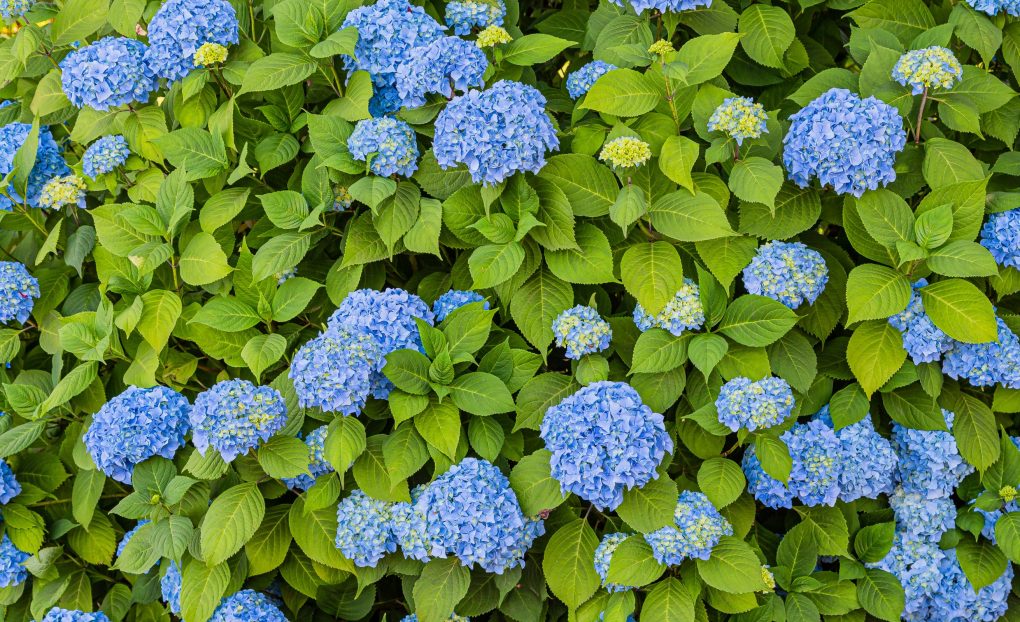
Big-leaf hydrangeas, or Hydrangea macrophylla, are the most common hydrangea species. They include the popular mopheads and lace caps in a range of colors. These hydrangeas bloom in early summer on old wood, so it’s best to prune them after flowering. Oakleaf hydrangeas, or Hydrangea quercifolia, feature cone-shaped white blooms that turn a beautiful shade of pink in the fall. These hydrangeas can be pruned in late winter or early spring. It’s important to understand the proper pruning techniques for each type of hydrangea to ensure healthy growth and abundant blooms.
Table of Contents
Why Cut Back Hydrangeas
Hydrangeas are beautiful flowering shrubs that can add color and texture to any garden. However, if left unpruned, they can become overgrown and produce fewer blooms. Pruning hydrangeas is essential to keep them healthy and promote new growth. Here are some reasons why cutting back hydrangeas is important:
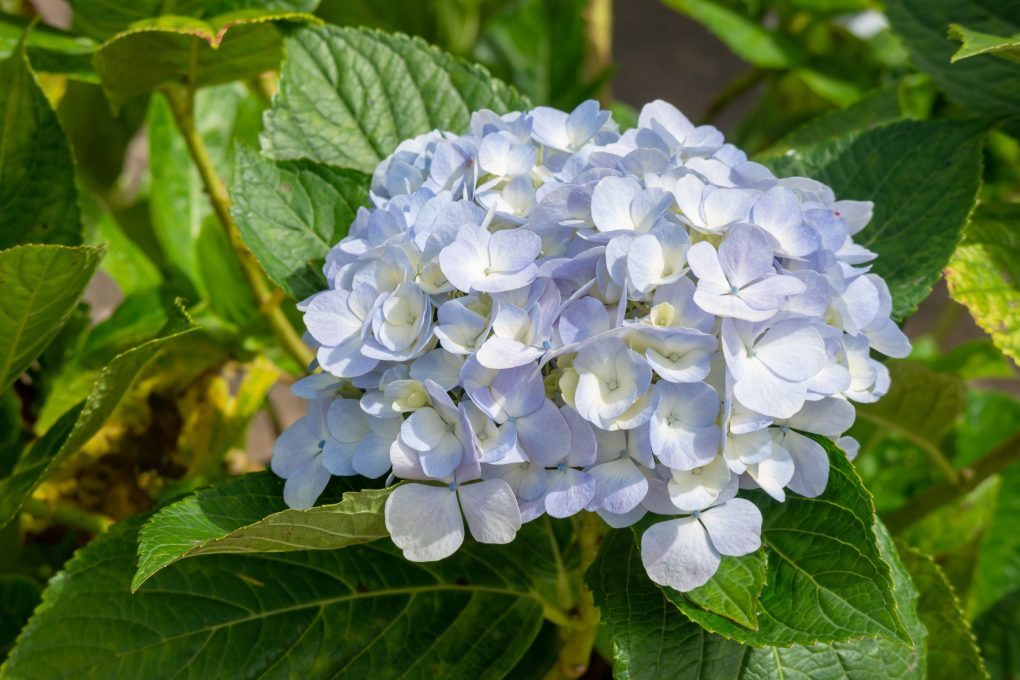
Encourages New Growth
Pruning hydrangeas encourages new growth, which leads to more blooms. When you cut back the stems, the plant redirects its energy to produce new growth, resulting in a fuller and more vibrant plant. This is especially true for older hydrangeas that may have become woody and stopped producing as many blooms.
Improves Bloom Size
Pruning hydrangeas can also improve the size and quality of the blooms. By removing some of the older stems, the plant can produce larger blooms on the remaining stems. This is particularly important for mophead and lace cap hydrangeas, which produce large, showy blooms that can become weighed down and floppy if left unpruned.
Prevents Flopping
Pruning hydrangeas can also prevent flopping. If left unpruned, hydrangeas can become top-heavy and flop over, especially after heavy rain. By cutting back some of the stems, the plant can produce a more balanced shape and reduce the risk of flopping.
Cutting back hydrangeas is essential to keep them healthy and promote new growth. It improves the size and quality of the blooms and prevents flopping.
When to Cut Back Hydrangeas
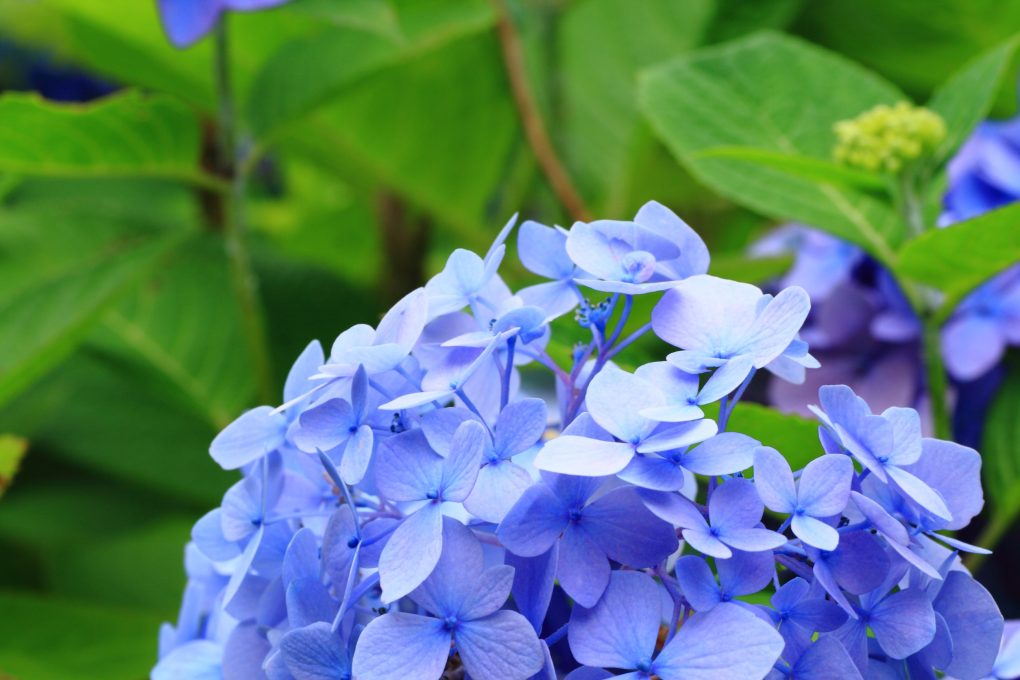
Hydrangeas are popular garden shrubs that bloom in the summer and fall seasons. Pruning hydrangeas is an important part of their care and maintenance. Knowing when to cut back hydrangeas can help them grow healthy and produce beautiful blooms.
End of Winter
A good time to prune panicle hydrangeas, smooth hydrangeas, and other shrubs that bloom on new wood, is at the end of winter. Pruning during this time of year will encourage new growth and increase flower production.
Early Spring
Early spring is the best time to prune big-leaf hydrangeas and oakleaf hydrangeas. These hydrangeas bloom on old wood, so it’s important to wait until after blooming to prune them. Pruning in early spring will give the shrub enough time to produce new growth and set buds for the next season’s blooms.
After Blooming
After blooming is the time to prune big-leaf hydrangeas and oakleaf hydrangeas. Pruning at this time will help the shrub maintain its shape and size. It’s important to only remove dead or damaged wood and avoid pruning healthy branches that will produce blooms the following season.
When pruning hydrangeas, using sharp and clean pruning shears is important. It’s also important to avoid over-pruning, as this can weaken the shrub and reduce its ability to produce flowers. By following these guidelines, gardeners can ensure their hydrangeas grow healthy and produce beautiful blooms.
How to Cut Back Hydrangeas
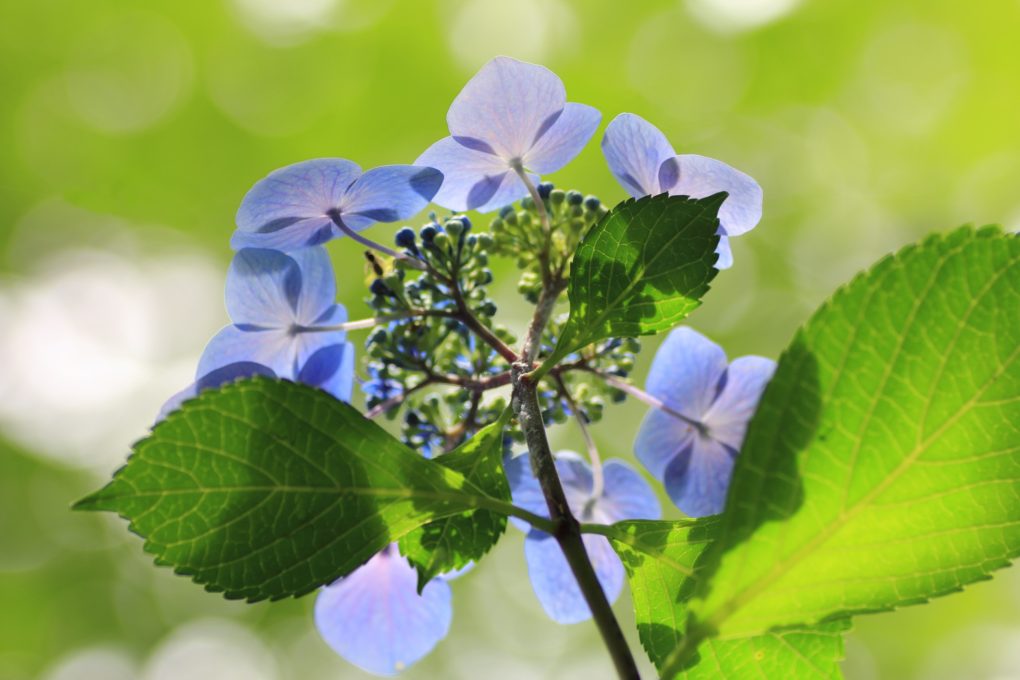
Tools Needed
Before starting to cut back hydrangeas, it is important to have the necessary tools. The following tools are required:
- Pruning shears
- Loppers
- Gloves
- Protective eyewear
Steps to Follow
When cutting back hydrangeas, the following steps depend on the type of hydrangea. Here are some general steps to follow:
- First, identify the type of hydrangea: Different types of hydrangeas require different pruning methods, so it is important to know the type of hydrangea before starting to prune.
- Determine when to prune: Some hydrangeas bloom on old wood, while others bloom on new wood, knowing when to prune will ensure you do not cut off future blooms.
- Remove dead wood: Dead wood should be removed first. This will help to promote new growth and prevent any disease from spreading.
- Cut back the stems: Cut back the stems to the desired length, it is important to cut just above a bud, as this will encourage new growth.
- Remove any crossing branches: Crossing branches can cause damage to the plant and should be removed.
- Clean up: Once you have finished pruning, clean up any debris around the plant. This will help to prevent any disease from spreading.
It is important to note that not all hydrangeas require pruning. However, some hydrangeas, such as the Annabelle hydrangea, do not need to be pruned, so it is always best to research the specific type of hydrangea before pruning.
Overall, cutting back hydrangeas requires careful consideration and knowledge of the specific type of hydrangea. Following the steps above, you can ensure your hydrangeas remain healthy and beautiful.
Tips for Cutting Back Hydrangeas
When it comes to pruning hydrangeas, there are a few things to keep in mind to ensure healthy growth and abundant blooms. Here are some tips to help guide you:
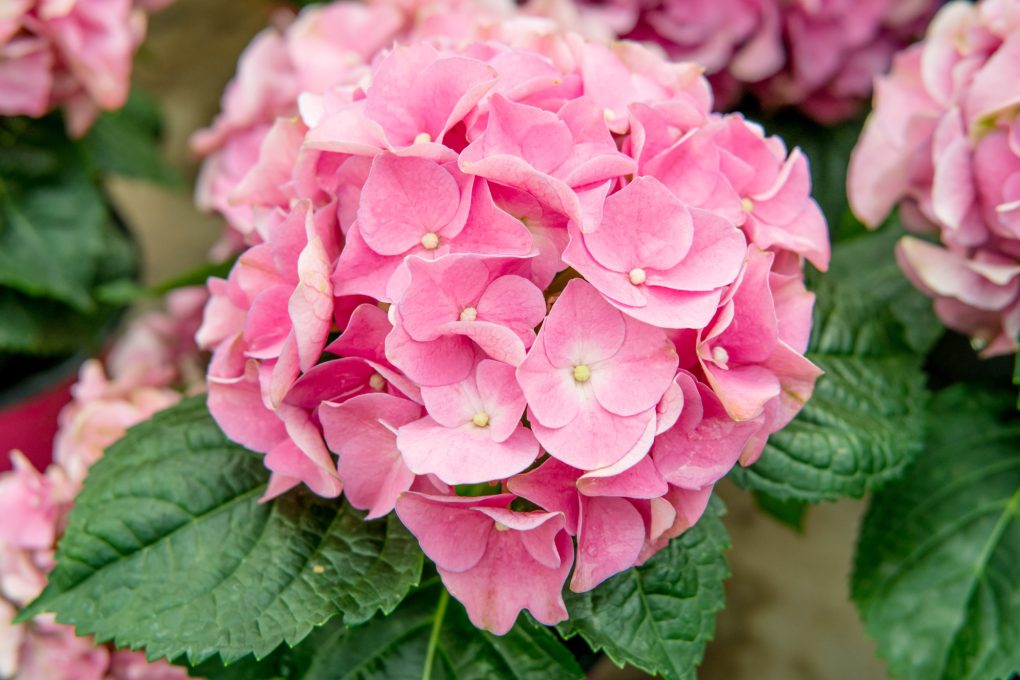
Avoiding Frost Damage
Hydrangeas can be sensitive to frost damage, so it’s important to time your pruning carefully. In general, it’s best to wait until the threat of frost has passed before pruning your hydrangeas. This is typically in late winter or early spring, depending on your climate. If you prune too early and a late frost hits, it can damage the new growth and reduce the number of blooms your plant produces.
Pruning for Shape
One of the main reasons to prune hydrangeas is to control their size and shape. First, remove any branches that are dead or damaged. Then, look for branches crossing or rubbing against each other and remove the weaker of the two. This will help prevent damage and allow more light and air to reach the center of the plant.
Next, consider the overall shape you want your hydrangea to have. You can prune a more compact plant back more heavily if you want a more compact plant. You can keep more branches intact if you prefer a more natural, sprawling look. Just be sure to avoid cutting back too much of the plant at once, as this can stress it and reduce its ability to produce blooms.
Cleaning Up After Pruning
Once you’ve finished pruning your hydrangeas, cleaning up the debris is important to prevent the spread of disease and pests. Remove any dead leaves or branches from around the base of the plant, and dispose of them in the trash. If you’ve pruned away any diseased branches, sanitize your pruning shears with rubbing alcohol or a bleach solution to prevent contamination.
